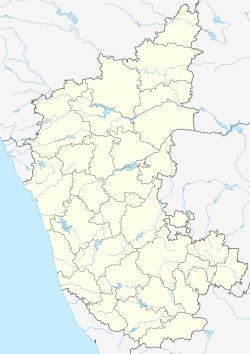Gorebal
In today's world, Gorebal has acquired significant relevance in various areas. Whether academically, professionally, or personally, Gorebal has captured the attention of individuals of all ages and interests. From its impact on society to its influence on popular culture, Gorebal has become a topic of widespread interest. In this article, we will explore the importance and scope of Gorebal, as well as its implication in different aspects of daily life. From its origin to its evolution today, Gorebal invites us to reflect on its meaning and its impact on the world in which we live.
Gorebal
Gorebala | |
|---|---|
Village | |
| Coordinates: 15°41′31.53″N 76°43′15.55″E / 15.6920917°N 76.7209861°E | |
| Country | |
| State | Karnataka |
| District | Raichur |
| Taluk | Sindhnur |
| Area | |
• Total | 11.59 km2 (4.47 sq mi) |
| Elevation | 402 m (1,319 ft) |
| Population (2011) | |
• Total | 10,514 |
| • Density | 910/km2 (2,300/sq mi) |
| Languages | |
| • Official | Kannada |
| Time zone | UTC+5:30 (IST) |
| PIN | 584128 |
| STD code | 08538 |
| Vehicle registration | KA-36 |
Gorebal is a village located 9 km from Sindhanur in the Raichur district of Karnataka state, India. Gorebal is well irrigated with Tunga Bhadra left bank canals 32 (Hanchinal camp) and 36 (Gorebal camp). In 2011, there were 10,514 people living in Gorebal.[1]
Geography
Gorebal is located in the southern part of Raichur district, near the border with Koppal district. The village has an land area of 1158.5 hectares, as well as an average elevation of 402 meters above sea level.[2][3]
Demographics
According to the 2011 census, Gorebal had 10,514 residents among its 2,230 households, including 5,177 male residents and 5,337 female residents. The village's literacy rate was 57.86%, significantly lower than the state average of 75.36%.[1][4]
References
- ^ a b "Population finder | Government of India". censusindia.gov.in. Retrieved 25 December 2024.
- ^ Census of India 2011 Karnataka District Census Handbook Raichur (PDF). Directorate of Census Operations Karnataka. p. 124. Retrieved 25 December 2024.
- ^ "Gorebala topographic map, elevation, terrain". Topographic maps. Retrieved 25 December 2024.
- ^ "Mysuru has 3 lakh illiterate adults, total literacy planned by 2030". The Hindu. 13 December 2023. ISSN 0971-751X. Retrieved 25 December 2024.

